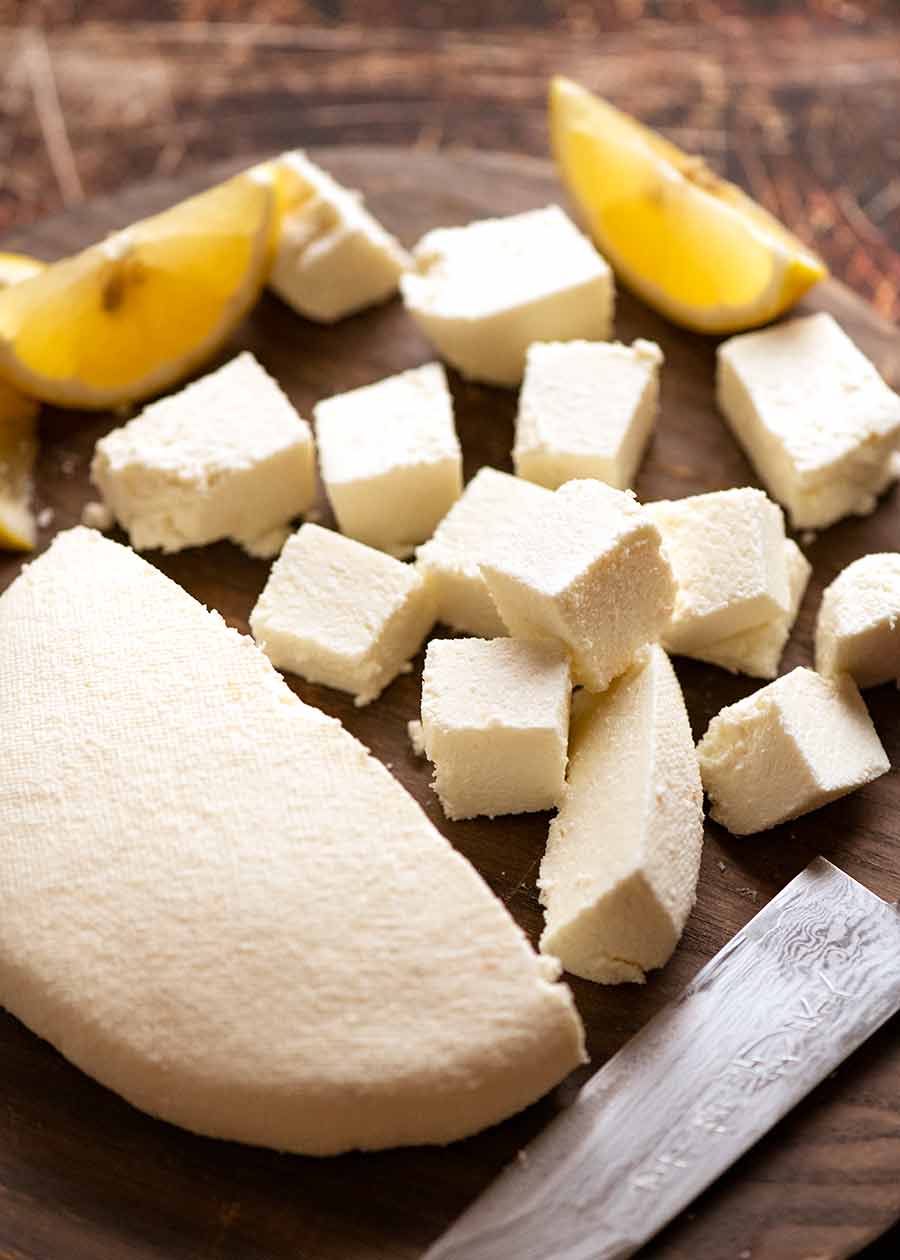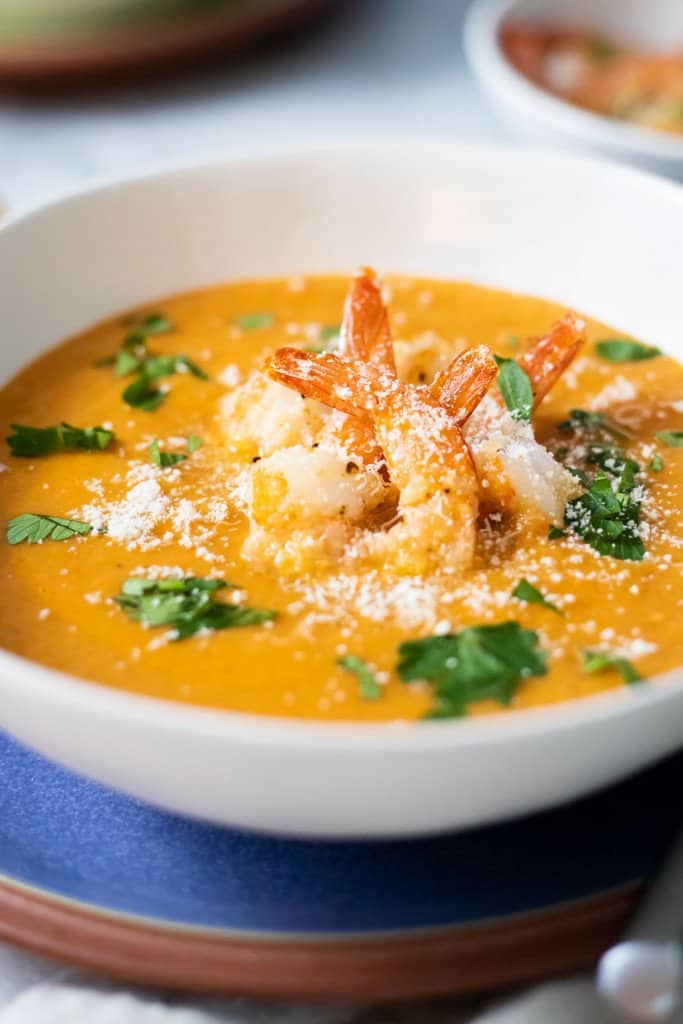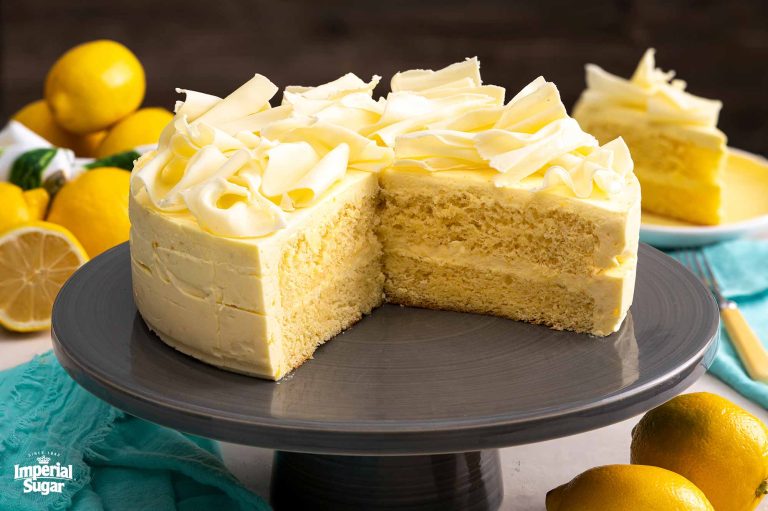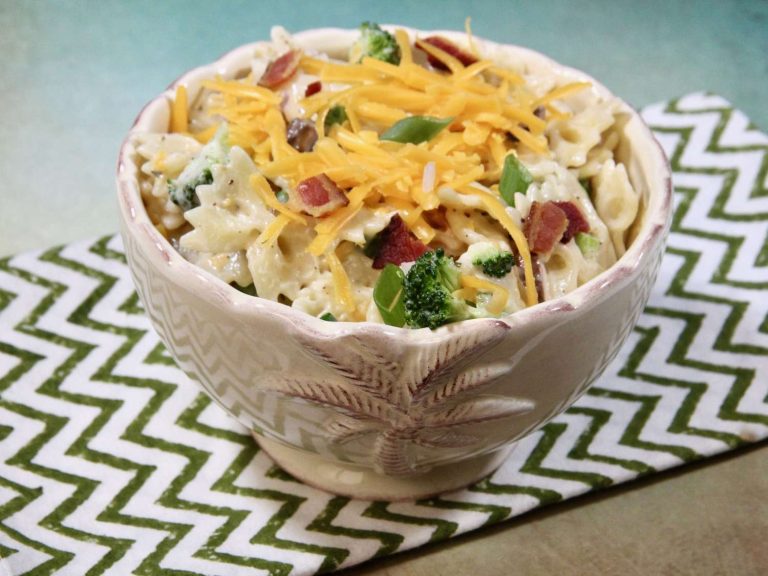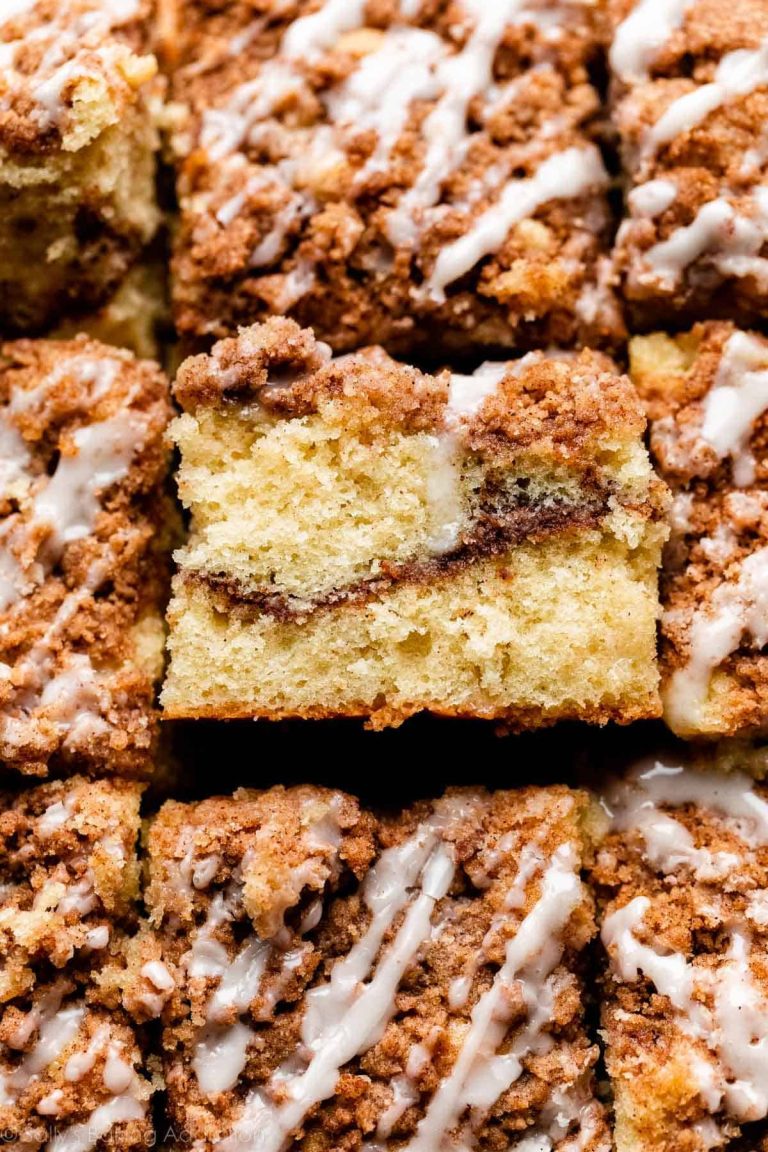Paneer: History, Nutritional Benefits, How to Buy, Store, and Cook This Indian Cheese
Paneer, an integral part of Indian cuisine, has deep cultural roots. Historical records trace its origins back to the Vedic period (1500–500 BCE). Revered in South Asian traditions, paneer features prominently in Hindu rituals and festivals. Different regions, particularly North India, incorporate paneer into everyday meals, celebrating its versatility.
How Paneer Is Made
Paneer is created by curdling milk using acid, such as lemon juice or vinegar. The process involves heating the milk until it simmers, then adding the acid to separate the curds from the whey. Once curdling is complete, the curds are collected and drained through a muslin cloth. To form a solid block, the curds are pressed under a weight for a few hours. This fresh, non-melting cheese retains its shape during cooking, making it suitable for a variety of dishes.
Nutritional Benefits of Paneer
Macronutrients in Paneer
Paneer contains essential macronutrients that support muscle health and energy production. Each 100 grams of paneer provides approximately:
- Protein: 18 grams, which helps build and repair muscles.
- Fat: 20 grams, contributing to energy and cell structure.
- Carbohydrates: 2 grams, providing a minimal energy source suitable for low-carb diets.
- Calcium: 200 milligrams per 100 grams, supporting bone health.
- Phosphorus: 160 milligrams, aiding in energy production.
- Vitamin B12: Essential for nerve function and red blood cell formation.
- Riboflavin (Vitamin B2): Facilitates energy metabolism and skin health.
Cooking with Paneer
Popular Paneer Recipes
Paneer features prominently in various recipes due to its versatile nature. Paneer Tikka, for instance, is a popular appetizer marinated in spices before being grilled. Palak Paneer combines spinach puree and paneer cubes in a creamy gravy, making it a nutrient-rich choice. Paneer Butter Masala offers a rich, tomato-based gravy enhanced with cream and paneer cubes, creating a luxurious dish. Many households enjoy Shahi Paneer, where paneer melds into a rich, aromatic cashew and cream-based gravy. Each recipe highlights paneer’s ability to absorb flavors while maintaining its texture.
Tips for Cooking Paneer
Cooking paneer well involves several key practices. Start by cutting paneer into uniform cubes to ensure even cooking. Soaking paneer in warm water before using it in recipes helps retain moisture and softness. When frying or grilling paneer, use medium heat to prevent the outer layer from becoming too tough. Marinate paneer cubes in yogurt and spices to enhance flavor before grilling or baking. Incorporate paneer at the end of cooking dishes to avoid overcooking, which can make it chewy. Following these tips helps you achieve ideal texture and flavor.
The section ensures you can prepare and cook paneer effectively by applying these recipes and tips.
Paneer vs. Other Cheeses
Comparing Taste and Texture
Paneer has a mild, milky flavor distinct from other cheeses. It does not melt when heated, making it ideal for grilled or fried dishes like Paneer Tikka. In comparison, cheese varieties like mozzarella and cheddar melt easily, providing a gooey texture suitable for pizzas and casseroles. Paneer’s firm, crumbly texture contrasts with the creamy consistency of cheeses such as brie and camembert, which spread easily on bread or crackers. Feta, known for its tangy and salty taste, also differs, offering a more crumbly texture similar to paneer but with a sharper flavor profile. Gouda and Swiss cheeses, with their distinct nutty and buttery flavors, offer a unique texture that changes when melted, unlike paneer’s consistent firmness.
Health Considerations
Paneer is rich in protein and calcium, essential for muscle and bone health. It’s also lower in fat compared to cheeses like cheddar and brie. For those watching their calorie intake or aiming for weight loss, paneer’s lower fat content is beneficial. However, it does contain lactose, so it may not be suitable for lactose-intolerant individuals. Mozzarella, known for its high calcium and protein content, offers a low-fat and low-sodium option. Cheddar, though high in calcium, also contains higher levels of saturated fat and sodium. Ricotta and cottage cheese, often favored for their lower calorie and fat content, provide a healthier alternative but lack the firmness of paneer. Greek feta, although rich in protein, is high in sodium, which may not be ideal for those monitoring salt intake.
By understanding these differences, you can choose the right cheese for your culinary needs and dietary preferences.
Where to Buy Paneer
Choosing the Right Paneer
Look for fresh paneer at your local Indian grocery stores. These stores often carry a variety of brands, ensuring you get authentic and high-quality products. Supermarkets may also stock paneer in the international or dairy sections. Be sure the paneer has a firm texture and mild aroma, indicating freshness. Opt for brands that use organic and non-GMO ingredients for a healthier choice. Read the labels to avoid added preservatives and artificial additives.
Storing and Handling Tips
Store paneer in the refrigerator to maintain its texture and flavor. Keep it in an airtight container to prevent it from absorbing other odors. Use paneer within 5-7 days of purchase for the best quality. If freezing, cut paneer into cubes and wrap in plastic. This method preserves its texture upon thawing. Thaw frozen paneer in the refrigerator and use it within two days for optimal freshness. Don’t refreeze paneer, as it can alter the texture and flavor.
Conclusion
Paneer stands out as a versatile and nutritious addition to your culinary repertoire. Whether you’re exploring traditional Indian recipes or experimenting with new dishes its rich protein and calcium content make it a valuable ingredient. By following the tips on selecting storing and handling paneer you can ensure that every dish is as delicious as it is nutritious. So next time you’re at the grocery store don’t hesitate to pick up some paneer and elevate your meals with its unique flavor and texture.
